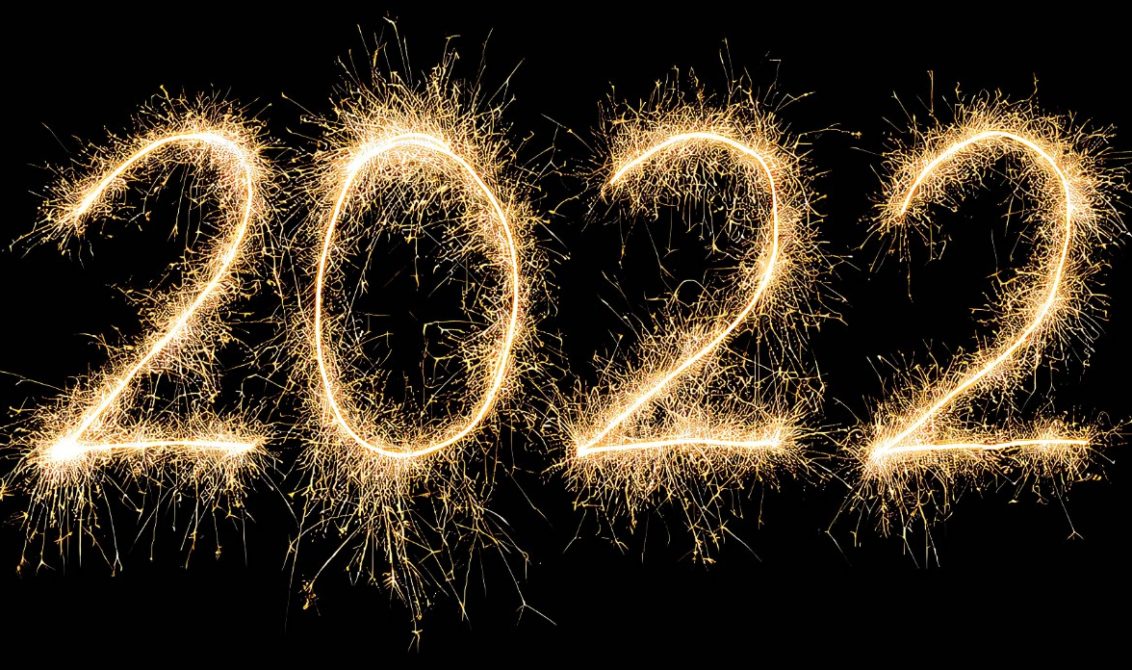
What will next year look like for the golf industry?
Many management companies are reported to be creating 2022 budgets based on 2019 operating results. Is that too conservative?
As rounds have fallen compared to 2020 for four consecutive months, are the sage management companies incorporating into their financial plans a softening in the golf industry as the bloom may be off the rose? With the world seemingly opening up to other forms of entertainment, notwithstanding new variants (Delta and Omicron), the impact on the golf industry is unknown.
In 2019, 441 million golf rounds (starts) were played. Due to the Pandemic, rounds soared to 502 million. Though rounds have fallen from July, through October, Golf Datatech reported that rounds in 2021 are up 7.4% year-to-date over 2020 and approaching 540 million.
We are observing that this continued surge in demand is creating an adjustment in rates and programs offered for 2022. Here are the top trends emerging:
- Public golf courses are raising their prime-time green rate >10%. It should be noted that when this rate adjustment is blended into all rates offered, the effective increase is 60 cents on the dollar.
- Season pass sales, where offered, are being limited to “renewals” only. Hours in which the rounds can be played are being increasingly restricted, i.e., prime time from 9 a.m. to noon.
- Courses that utilize 10-minute tee time intervals are changing to 7/8 minutes during the first hour of play when the frequent player is likely to want to play.
- Season passes are not being offered to new purchasers.
- Where a golf course offers a plethora of programs (season passes, Cyber Specials, 10 punch cards, gift cards and frequent player programs that provide discounts of 10%, 20% and 30% for each round played based on an initial purchase price of $99, $249 and $399), many of these “discount” options are being eliminated.
- Tournaments and outings usually comprise 25% of total rounds. The number of days available for tournaments and outings is being limited. Golf courses can make comparable revenue from daily fee play without the hassle of having to jump through all the hoops required to host an event.
- Food and beverage will continue to be “window-order” based. The elimination of servers to take orders greatly reduces the challenge of managing seasonal part-time workers and reduces labor expenses in a department prone to losses.
All of the trends, effectively increasing rates and lowering expenses, is positive for the golf industry. Public golf remains the least inexpensive form of entertainment when measured on a cost-per-hour basis in relation to the value of the experience enjoyed.

